In their heyday, grand British manor homes were filled with artifacts from the Continent. They had sculptures of Roman gods and works of French masters. These goods signaled that the owner had been given a gentleman’s education, and in all likelihood, they were collected by the master of the house on the greatest trip of his youth, the Grand Tour.
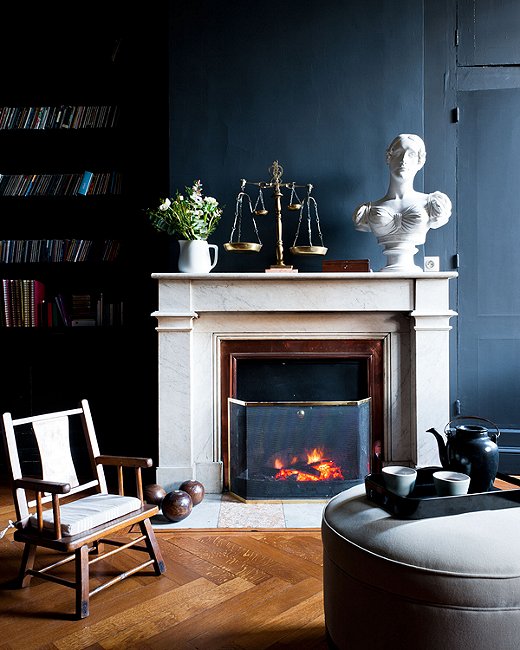
Photo by Julien Fernandez & GAP Interiors
We’re Going on Tour
Particularly in the 17th and 18th centuries, the Grand Tour was an educational rite of passage for young (mostly male) members of the British upper class. Their schooling consisted of years of studying language, math, and art under the watchful eyes of tutors who were well versed in, among other things, Latin, Greek, and French. Their studies culminated in a tour across Europe. It gave them the chance to cultivate deeper interests in architecture, language, and other habits befitting a man of leisure, setting them up for a seamless entry into adulthood, where they would be required to make polite conversation about art and decorate a home with unique and storied treasures.
The Grand Tour lasted anywhere from six months to three years. Over the course of their journey, the Grand Tourists spent time in Europe’s most important cultural hot spots. Paris and Rome were considered the most important destinations.
The City of Light was the epicenter of all things high society. You couldn’t walk into a Parisian salon without hitting an errant Englishman. An afternoon spent walking through the Tuileries making polite conversation with fellow society members was equally as important as an afternoon spent studying the works of Cicero. The city also afforded them the chance to study the practical application of decorative arts and architecture.
If Paris was the epicenter of their present-day culture, Rome was the birthplace. The young aristocrats revered Italy because they saw it as the place from which all culture flowed.
They studied Rome’s ruins and her classical style. Architects of the day were typically well-off young men, and it is said that the Grand Tour played a role in the birth of neoclassical architecture.
Tour Souvenirs
Education wasn’t the only focus of the tour. Collecting art was also key. The Grand Tourists bought paintings, sculptures, furniture, and architectural models in almost every major city they spent time in. Their collections gave birth to a whole subset of highly collectible decor that became known as Grand Tour Souvenirs.
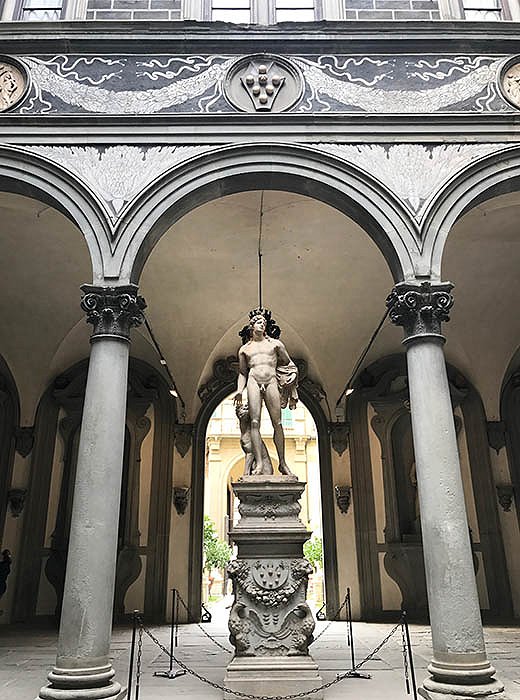
Photo by Indre Rockefeller
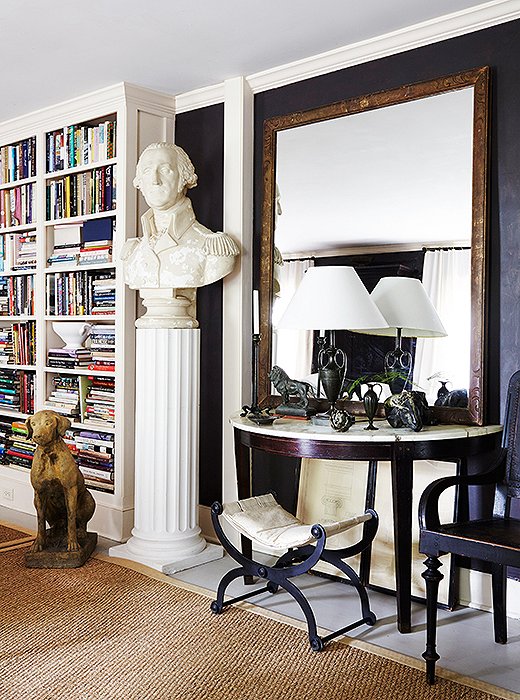
Photo by Pernille Loof
Today the Grand Tour look is wrapped up with traditional design but has experienced a rebirth thanks to designers such as Luke Edward Hall. Obelisks, intaglios, busts, and architectural models are no longer considered grandparents’ clutter. They have reentered the designer’s toolbox on the cusp of a developing trend within the interiors world at large. Gone are the days of minimalism. Maximalism is in, and granny chic has simply become chic. Call them New Traditionalists, Grandmillennials, or aesthetes, but one thing is certain: Their passion for revamping a classic aesthetic is strong and here to stay.
Do you want to copy the look of a stately manor at the turn of the 18th century? Shop our selection of busts, framed intaglios, and obelisks to complete the look. Or shop all our vintage finds.
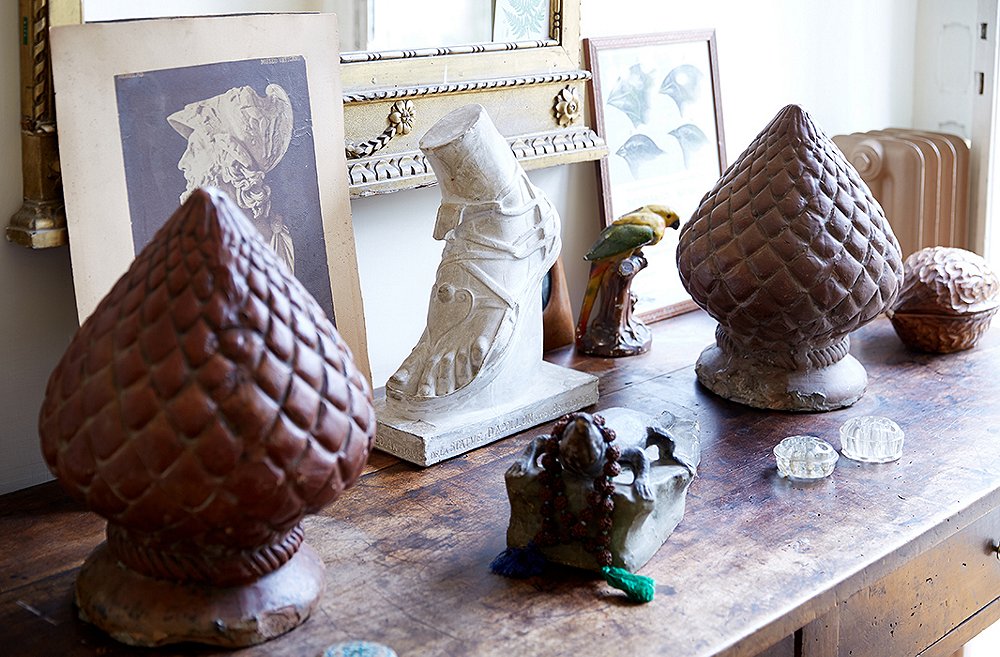

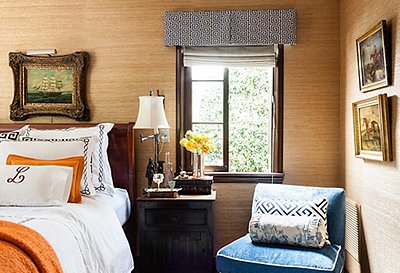
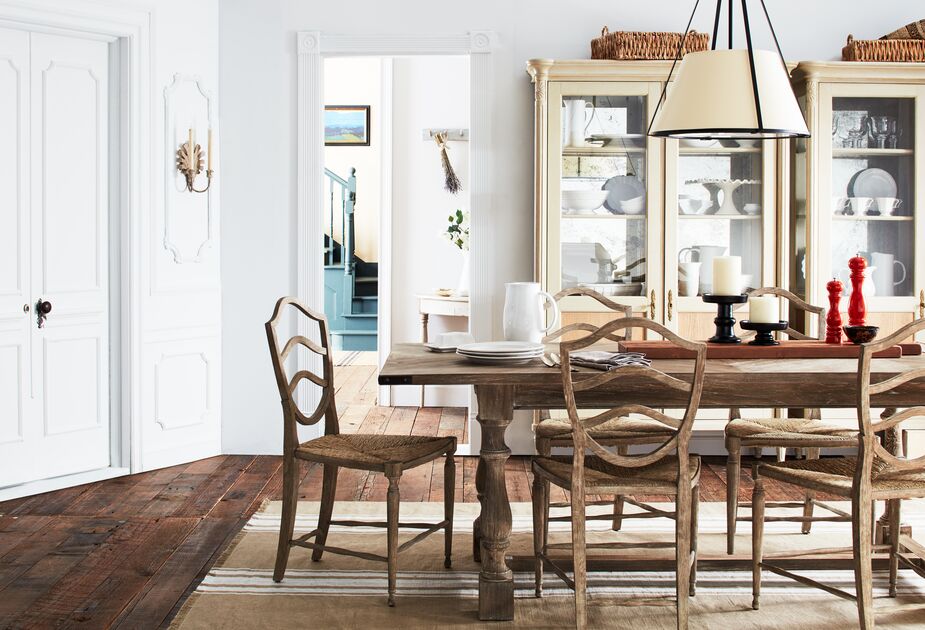


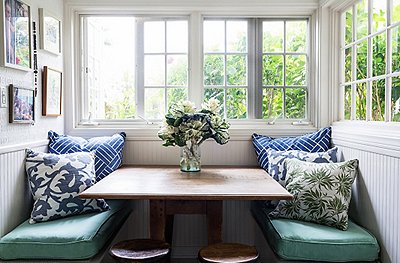
Join the Discussion